As many an experienced pavement pounder can tell you, shin splints are no fun for runners. The good news: If you take care of your feet, you may be better equipped to safeguard yourself from the pain.
To do that, it helps to understand exactly what you’re working to prevent. “Shin splints is a general term to discuss lower leg pain when people are active with walking, running, or athletics,” says foot and ankle surgeon/podiatrist Mark J. Mendeszoon, FACFAS, FACPM, a partner at Precision Orthopaedic Specialties Inc in Chardon, Ohio and the owner of Achilles Running Shop in Willoughby, Ohio and Erie, Pennsylvania. The medical term for shin splints is medial tibial stress syndrome.
“Typically, lower leg pain in runners that may be considered shin splints involve muscle imbalances of the lower leg. Biomechanical flaws over a period of time can cause adaptation and pain with activities,” Mendeszoon continues. “The most common muscle to cause lower leg pain is the posterior tibial muscle tendon complex.” Mendeszoon adds that this muscle arises on the back portion of the large bone, the tibia, and the small bone called the fibula.
“If there are muscle imbalances of the lower leg which are typically associated with a flat foot, high arch foot, or tight Achilles tendon, the posterior tibial muscle will gain mechanical advantage and start working harder, generating more force and pulling away from the bone,” he further explains. “Initially this pain without bony damage is called shin splints. If this continues as normal forces on the tibia bone, the bone then can in turn get a stress reaction. Lastly, the tibia bone can partly break and this is called a stress fracture.”
Can the Right Running Shoes Prevent Shin Splints?
In short, no. But taking care of your feet, regularly seeing a podiatrist, and investing in quality sneakers may help your case.
As Mendeszoon puts it, there is no special individual shoe to correct shin splints. But you do have options. “Understanding an athlete’s body type, biomechanics, foot type, running goals and running services can help direct a specialist to get the runner into the proper shoe for the runner,” he says. “In addition, to proper shoe gear, a strength and flexibility program and cross-training can help alleviate and/or prevent shin splints. Rotating shoes can also dissipate pressure points on the foot impact points which could diminish lower leg pain and foot pain.”
Compression socks are also a great addition to a runner’s toolkit to minimize lower leg pain “by applying proper compression and improving blood flow and reducing swelling of the lower legs,” according to Mendeszoon. In some situations, athletes may need over-the-counter insoles or even custom foot orthotics. “Working with the appropriate medical specialist such as a physical therapist, chiropractor, sports medicine doctor, orthopedic surgeon and or podiatrist can get the runner back into activities safely and effectively,” he says.
Follow These Foot Care Tips for Better Runs
For generalized foot care, Mendeszoon recommend that athletes take care of their feet. That doesn’t just mean to take a load off when your lower leg feels sore—the skin on your feet is important, too. “In addition to proper socks and proper fitting shoes, there are other recommendations to protect your skin and your feet,” he says. “Lace and unlace your shoes so they fit properly and so that friction can be reduced on the high-friction areas such as your heels and on the top of your toes or balls of your feet.”
Mendeszoon also recommends storing your shoes in a clean, clear area opposed to a dark spot like a closet in which fungus, bacteria, and viruses can grow. “Spraying your shoes with Lysol on a daily basis can diminish the impact of these organisms,” he adds. “If your feet sweat a lot, use a can of antiperspirant spray and spray your feet before you place your socks to reduce the sweat component,” he continues, noting that fungus (which can create an athlete’s foot condition or fungal toenails) thrive and grow in moist areas. “Also use a powder in your shoes to diminish the moisture contact. If you wash your shoes then take out the insoles, place them on a light spin cycle and let them air dry.”
One more thing Mendeszoon says to bear in mind when purchasing shoes is that people’s feet can change size within six months to two years. “Therefore it is always important to measure your feet every time you buy new shoes. The recommendation is generally to buy shoes in the mid-afternoon to evening when your feet are the largest,” he says. “Work with your local community running stores and their specialist will be able to assist in obtaining your healthy goals.” (When buying sneakers online, order from companies with hassle-free return policies if you aren’t satisfied with your purchase.)
These 10 great pairs of shoes for runners have top-notching cushioning, great support, and durability. Coupled with proper foot care, they may even help you avoid the dreaded shin splints. As always, if you’re having foot or lower leg pain, see a trained professional like a podiatrist or an orthopedist to get to the bottom of the issue.
8 Pairs of Super Comfortable Shoes to Prevent Shin Splints
Brooks Ghost 14
There’s a good reason runners love Brooks’ Ghost line of sneakers. This particular pair showcases serious cushioning for support while you run and a Segmented Crash Pad, sneaker speak for a built-in section of shock absorbers. Expect stability and comfort on your heel-to-toe transitions and a secure fit. Bonus: So many color options from which to choose.
Merrell Moab Flight
For trail enthusiasts who want to take good care of their shins, we love this well-cushioned trail runner. It’s a beast at navigating between firm ground and more lightly-packed soil trails with ease and has a removable PU foam insole for extra support, as well as the FloatPro Foam midsole.
On Cloudstratus
This Swiss brand knows how to engineer a heck of a running shoe. If you’re looking for an ideal running shoe to prevent shin splints, consider the Cloudstratus, the company’s most cushioned model. The sneakers have two layers of their cushy Cloudtec technology. This means enhanced protection while you run, a big energy return, and durability. Along with dreamy, well, cloud-like support, the sneakers are wonderfully lightweight, too.
VEJA Marlin Running Sneaker
This post-petroleum running shoe (translation: it’s made with recycled plastic bottles) is a runner’s dream. Providing a six-millimeter lower drop for a natural stride, people who are concerned about shin splints will also appreciate an L-foam forefoot insert for shock absorption and energy return and first-rate cushioning in the footbed (as well as a removable cushioned insole with arch support). The efficient energy return and a grooved construction for flexibility means you won’t have to pound down too hard on the pavement.
Skechers Max Cushioning Premier – Vantage
In the market for a running shoe to accommodate wider feet? This highly cushioned sneaker (hence its name) comes in both medium and extra wide widths and offers maximized cushioned support. The athletic sneakers are well ventilated thanks to a mesh upper and the brand’s Air-Cooled Goga Mat insole. They’re also designed with a lightweight, responsive ULTRA GO cushioning platform and so-called Natural Rocker Technology to lend your stride a smooth heel to toe transition while running or speed walking.
Nike React Infinity Run Flyknit 2
We loved the first iteration of these super-cushioned, sexy-pace running shoes that were specifically developed to help athletes prevent injury. While the jury’s out on the science behind the shoes, our experience was a comfortable ride that made long runs feel good. The latest version features a similar design, with a new Nike Flywire reinforced upper, even more foam, and a wider forefoot than the original.
Altra Paradigm 6
Serious runners love Altra’s unique FootShape design, which (as the name implies) mimics the shape of the foot rather than the narrower shape of other brands. Standout features for this model include Altra Ego Max midsole foam for a spring in your step; Innerflex, grid-like grooves carved into the midsole for enhanced flexibility, and Balanced Cushioning Platform (this keeps your heel and forefoot equidistant from the ground, said to bolster alignment and create a lower-impact landing). P.S. The mesh upper is a boon for keeping airflow moving throughout your feet.
Hoka One One Bondi 7
Hoka One One is known for its massively cushioned running shoes, and the Bondi line offers the most out of any model the brand makes. This latest iteration gives runners that high EVA foam stack, with a mesh upper for breathability and the brand’s Meta-Rocker shape, which helps with smooth turnover. New for the 7 is a plush memory foam collar.
This content is created and maintained by a third party, and imported onto this page to help users provide their email addresses. You may be able to find more information about this and similar content at piano.io



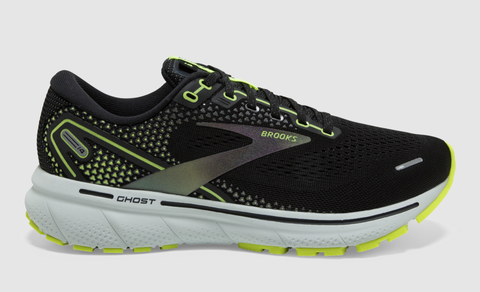
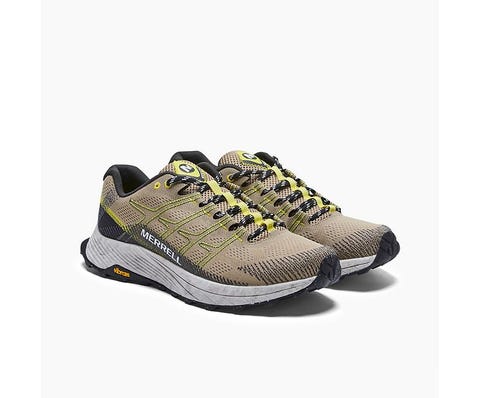
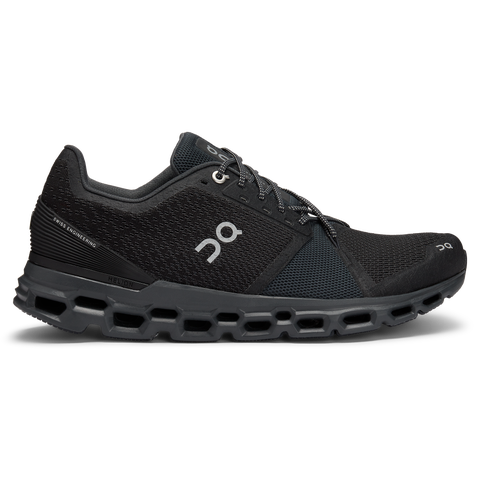
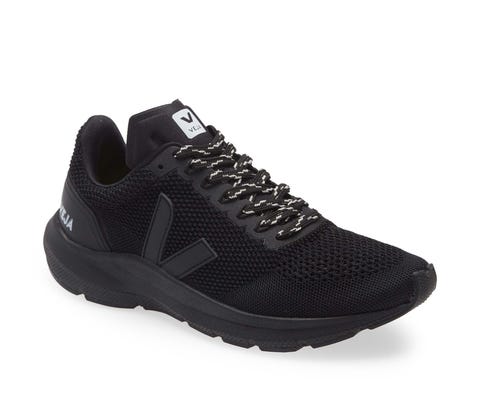
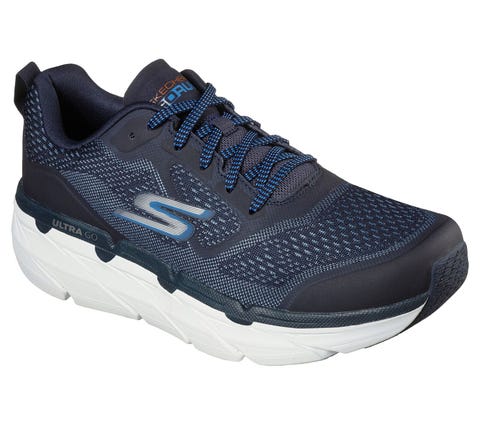

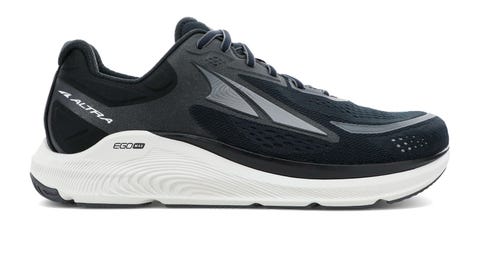
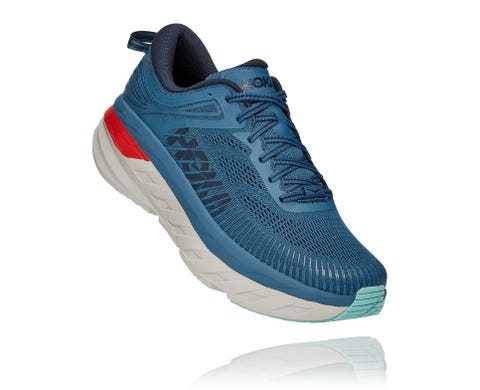
Comments are closed.